Technology is the one thing that keeps on changing. One of the best inventions in technology is the television. With television, we get TV channels and TV shows. In the past decade, the way we watch live TV channels has changed a lot. With the rise of streaming apps and streaming devices, almost all the TV channel has a standalone app. Now, we got another transition called IPTV.
Streaming apps like Netflix, Disney Plus, HBO Max offer on-demand movies and series. Live TV apps like YouTube TV, Sling TV, fuboTV offer live TV content. IPTVs are the combination of live TV and on-demand content. In IPTV, compatibility is not an issue. You can install the IPTV app on smartphones, Firestick, smart TVs, and gaming consoles like PS3 and PS4. Let’s a what IPTV is and how to get the services.
What is IPTV
IPTV stands for Internet Protocol Television, where internet connection is used to get live TV and on-demand content. Since the internet is an integral part, it is also called Internet TV. IPTVs are the digitalized version of cable TV networks. In cable TVs, you will get TV channels and TV shows via antenna in place of the monthly or yearly subscription. On the Internet TV, you will get the same channels and shows via an internet connection with different types of subscriptions.
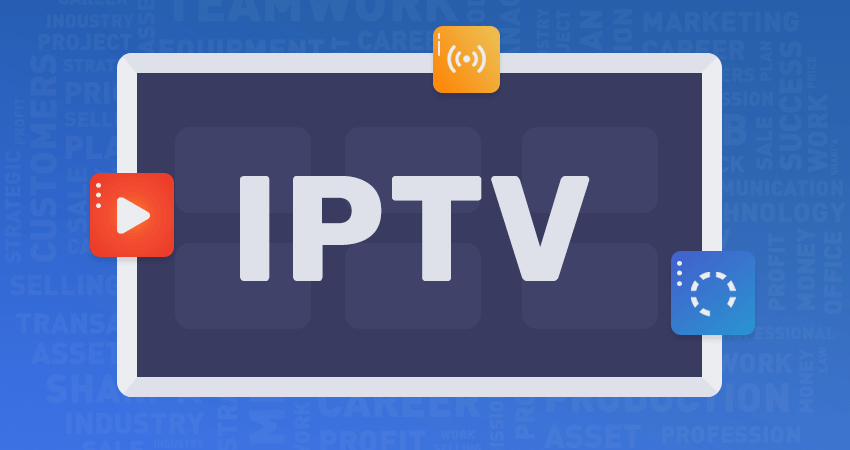
To get a better understanding of IPTV, you need to know how conventional cable TV works. In your cable TV, broadcasters send out signals to users via a fiber-optic cable, or your dish receives signals from the broadcasters. When you turn on your TV and switch to any channel, you can watch the content that is available at the time. You don’t have any control over the TV channel.
In IPTV, all the TV channels and on-demand shows are transmitted over the internet connection. There is a lot of things going behind IPTV, and the traditional TV channels are being converted to internet protocol signals so that they can be received on the user end. The major advantage of Internet TV is that you can have control over what you want to watch. You can tell your provider about the specific channel requirements, recording live TV, and more.
History of IPTV
IPTVs are introduced in the late 1990s. Until then, there is no alternative for cable TV networks. You get the cable TV network to watch live TV and on-demand content, or you get nothing. In 1995, the term IPTV was founded by Precept Software. Then, many software companies entered IPTV with their own product. QWest, AudioNet, Kingston Communication, to name a few. Later on, more developments are made in Internet TV, and now we can get more than 10,000 live TV channels from different countries in a single app.
How IPTV Works
IPTV is a lot more different than cable TV networks. The Internet TV provider needs to have a server to store video content, conversion algorithms to convert live TV to digital format, multitasking, and more. Most of the best IPTV apps are working under this structure.
Step 1: Preparing Programs
The first step is to prepare the TV program that is captured live or prerecorded. The TV program should be converted into a digital format so that it can be transmitted using the internet. While converting, the file should be in the optimum size for transferring. If not, you have to compress the digital file to its optimum size and bandwidth. Most IPTV providers compress the file to MPEG2 or MPEG4 format. In MPEG format, you will get high-quality videos with lesser bandwidth. When all the conversion and compression are done, the advertisement content will be added. When you compress the content after adding the advertisement, the quality of the ad will be compromised. As a final step, all the digitized content will be encrypted with a strong encryption protocol. The encryption protocol may vary based on the provider.
Step 2: Streaming Programs
Once the content is prepared, it will be transmitted to the users. On the user end, you will receive the content through the internet. Browsing and streaming video content on the Internet TV apps work in the same way as your web browser. Most of the IPTV apps works in IP unicasting. When you search a video title in the app, the search query will be directed to the IPTV server. Then, the app and the server will have a small communication and filter all the results related to your search query. After that, the search results will appear. This is called IP unicasting.
IP multicasting
IP unicasting involves one user and one server. This works great for search queries, unique content, and content that are not searched often. But, when you searched for common queries like Super Bowl 55 or FIFA World Cup Final, a lot of queries will be there, and many people will stream those popular matches. In that case, IP multicasting is needed. In IP multicasting, you will get one server to many users.
At the beginning stage of IP multicasting, there is one major issue. When transmitting videos to multiple servers, users may experience lagging issues, especially when streaming from different countries. To resolve the issue, CDNs (Content Delivery Networks) are introduced. In CDNs, the algorithm will mirror the original video data and transmits them. In this way, the user in the US will stream the same video as the user in the UK without a second or minute difference. Gears Reloaded IPTV is the best example of this type.
Step 3: IPTV protocols
The protocols used in the IPTV apps and websites are not the same as HTTP or HTTPS. When you stream a video file, a part of the file will be downloaded, and it will be streaming. Then, the next part will be downloaded, and this will replace the previous part and so on. In this way, you don’t have to store video files permanently. Internet TV uses protocols like RTP and RTSP for one user and one server purposes and IGMP for one server and multiple users. At times, you will get protocols with M included, which indicates membership privileges.
IPTV Architecture
The architecture of IPTV is so easy to understand. It involves four blocks with different sets of operations and tasks.
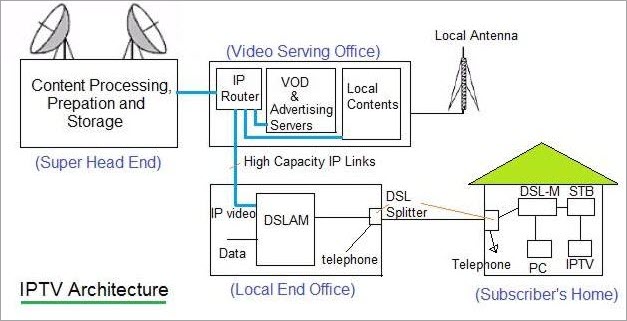
- Super Head End
- Video Serving Office
- Local End Office
- Subscriber Home
Super Head End
Super Head End is the most important segment in the IPTV architecture. In the Super Head End, all the TV programs will be downloaded and stored on a daily basis. Then, all the downloaded programs will be converted to digital format. The on-demand video content will be subjected to the IP multicasting procedure. When all the operations are done, they will be sent to the Video Serving Office.
Video Serving Office
The main task in the video serving office is to add advertisements. The ad’s length and timings depend on your provider and may vary based on different parameters. When all the ad contents are added, the combined digitized video output will be encrypted. The encryption protocol solely depends on the size of the file and the countries in which the IPTV service is available. When the encryption is done, it will be moved to the Local End Office.
Local End Office
In the Local End Office, the merging of data is done. Here, the merging of data with the telephony services will occur. Then, all the combined data will be embedded with the IP video services. Now, the video file is ready to get the Subscriber’s End through a digital subscriber line (DSL) link or STM link. The DSL link will also work as a splitter. It will convert the video format in such a way that it can be accessed by the end-user.
Subscriber’s End
In the Subscriber’s End, the data will be received by the user in two formats. For smartphones, streaming devices, and PCs, the video will be available in format in such a way that it can be converted to IP data using a DSL modem. For set-top boxes, the content will be converted using the STB link.
The Subscriber’s End can be of different volumes. For instance, it may be a single user, or it may be a reseller. A reseller will receive higher bandwidth of video content when compared to a single user. So, at the Subscriber’s End, two types of architecture models are used.
- Centralized Architecture Model
- Distributed Architecture Model
Centralized Architecture Model
This type of architecture model suits for lesser bandwidth. It is simple and easy to manage. In the Centralized model, all the video data will be stored in one location. The stored video data can be transmitted to the user with ease. The Centralized Architecture Model is recommended only for limited series, small movies, and special edition TV shows. IPTVs that are available in single countries like Tamil IPTV and Guru IPTV are prime examples.
Distributed Architecture Model
In Distributed Architecture Model, the video content is distributed to the user based on the requirements. The Distributed Model is equipped with advanced content distribution technologies for effective sharing. This type of architecture is suited for a high volume of data that needs to be transmitted to multiple locations. IPTVs that are available in multiple countries like Players Klub IPTV and IPTV Smarters Pro is the example of this model.
Types of IPTV
Though IPTV offers live TV channels and on-demand content, there are several types of IPTVs are available. Based on the content offered by the provider, they are classified into five types.
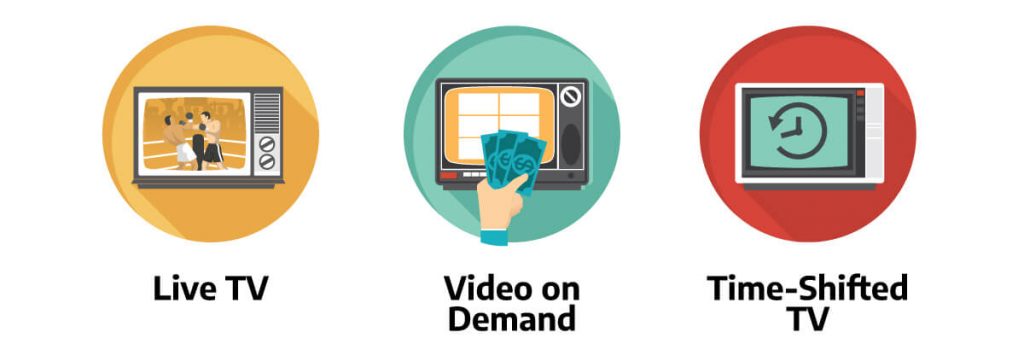
Live TV
Live TV is the complete package of IPTV. In this type, you will get all the video content like live TV channels, on-demand content, the latest movies, and shows. Some live TV providers will have the support for live recording, a favorites list, multiple screening, and automated category.
Video On Demand
Video On Demand IPTV types will offer only on-demand video content. Nowadays, Video On Demand type is not so popular. Only a few services are available, which is also without maintenance and support. There are no live TV channels available in the Video On Demand services.
Near Video On Demand
In Near Video On Demand, you will get pay-per-view videos. In this type of IPTV service, you will get all the pay-per-view matches before it is going to happen. So that you will get to choose which content you want to watch. This service is intended for sports fans, specially for UFC fans, where you will get a lot of pay-per-view matches.
TV on Demand
TV on Demand service is for users who miss the live content. In this IPTV service, all the videos that were on on-demand will be recorded. Based on the provider, you will get the DVR space. If you work on a daily schedule, you might miss trending movies and series. TV on Demand is targeted at those kinds of users. But, only selected TV channels are available.
Time Shifted Media
Time Shifted Media or DVR allows you to watch TV shows that are broadcasted few hours or a few days before. This type is similar to TV on Demand, but in Time Shifted Media, you will get all the live TV channels from your provider. In some Time Shifter Media IPTV providers, you will get live TV channels too.
IPTV Services
Like the types of IPTV, there are also different types of services. They are,
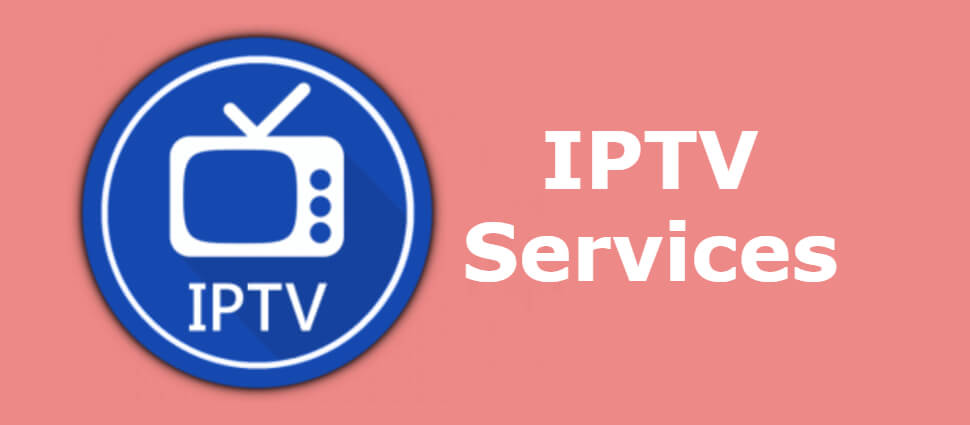
IPTV Providers
IPTV Providers are the ones who are offering live TV channels and on-demand content to the user. Based on the provider, you will get a different number of live TV channels and on-demand content. Some providers are available in multiple countries, while some are available only in the USA. Based on your requirements and availability, pick your provider. In general, Internet TV providers are of two types. One with both video content and app, while the other provides only the video content. Let’s see about them in brief.
IPTV App
IPTV apps are apps you can install on your smartphones, streaming devices, PCs, and smart TV. The availability of the app is based on your provider. Some Internet TV apps are available for all devices, while some others are available only for Android-based devices. While purchasing the subscription, you will get login credentials with or without M3U URL. Then, you can install the Internet TV app from the app store or download the link. On the app, you can use the login credentials along with M3U URL to access the video contents.
Examples: Shack TV IPTV and Nitro TV IPTV.
IPTV Link
Some providers won’t have access to a standalone app. While buying a subscription from those providers, you will get only the M3U URL or any streaming link. To stream the content, you have to use any third-party IPTV video players. Without the video player, you can’t have any access to the video content.
Example: Marvel IPTV and AlphaCS IPTV.
IPTV Add-on
We all know about the Kodi application. It is a media player used to stream and watch video content. The best thing about Kodi is that you can install thousands of add-ons for free. Some peculiar IPTV providers are offering their services as Kodi add-on. Those who are fond of Kodi can install the add-on from your provider and stream live TV channels.
Example: Area 51 IPTV and Dexter TV IPTV.
IPTV Players
IPTV Players will act as a bridge between you and the providers. The providers who provide only the link are solely dependent on these players. In the player app, you can upload the M3U URL link or any link that is offered by your provider. Some advanced players will support all the types of links, while some other players support only the M3U URL.
Example: GSE SMART IPTV and MyIPTV Player.
IPTV Box
IPTV Boxes are another type of service offered by minimal providers. With the box, you can stream live TV channels and on-demand content without installing any Internet TV app or players. These boxes are the same as Android TV Box, where you connect it to your TV via HDMI port. These Boxes are pre-installed with the Internet TV provider apps.
Example: Sky IPTV and Avov IPTV.
Hybrid IPTV
Hybrid IPTV is the most preferred service in recent times. These types of IPTVs are equipped with a set-top box in which it will permit both the digitized content and cable TV source. With that, you will get both the cable TV channels and Internet TV channels in one place. As it is new, only a few are offering this.
Example: Astro IPTV and Broadcasting Hut IPTV.
Pros of IPTV
- The biggest advantage is that we have the option to skip ads by purchasing premium plans.
- Wireless communication to get TV channels.
- Getting an Internet TV connection is simple. You can buy a subscription and install the app or install the set-top box.
- The multi-screen feature can be used on a bigger screen to watch multiple contents at a time.
- As the contents are digitized, there is no room for manual or human errors.
- The end-user has control over the playback. You can play, pause, rewind, and record even the live TV content.
- In addition, to live TV channels, we also get data packs for internet calling. Some providers offer Android TV boxes. With that, we can install other Android-based apps.
Limitations of IPTV
- As everything is digitized and controlled by bots, it is almost impossible to solve the server issues. In case any server issuer occurs, the end-user can’t do anything other than waiting for the issue to be resolved.
- When streaming on-demand content, the quality of the video may be compromised based on your internet strength.
- Streaming video content on IPTV requires high-speed data transactions. Many rural areas won’t have sufficient speed.
IPTV Market
IPTV is the growing network in the world. The growth of Internet TV over the years is remarkable, and it will reach new heights in the upcoming years. As per the stats, the demand for Internet TV is increasing by 30-35% across the globe. In 2019, the market worth was $40.85 billion (according to Mordor Intelligence). Market experts are expecting it to reach as high as $104 billion in 2025.
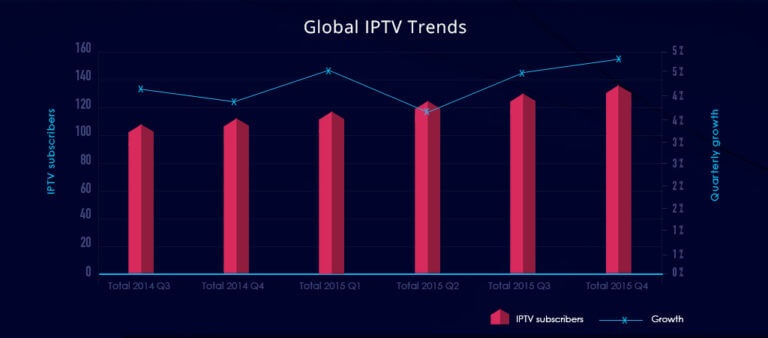
With this, IPTV apps are available for all kinds of OSes and devices. Even some IPTV players are available for Linux too. The total number of IPTV users in the world is more than 130 million, with Europe and Asia leading the charts. A lot of data service providers and TV providers are switching their content to IPTVs. TTNET, PLDT, Jio, to name a few.
Future on IPTV
With the growing market, the future of IPTV is foreseeable. We as a user, tend to keep thing simple and hassle-free. With the Internet TV providing all the content to our home, people will love it. As long as customers are saturated with Internet TV, there is no decline for it. In a subtle way, the future of TV and theatres is IPTV.
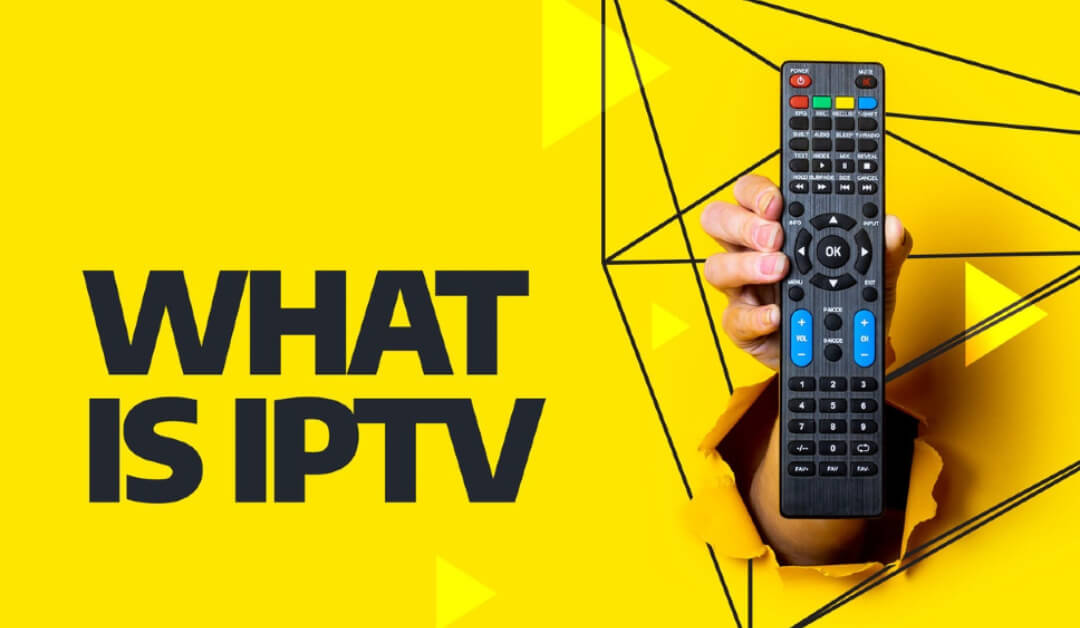




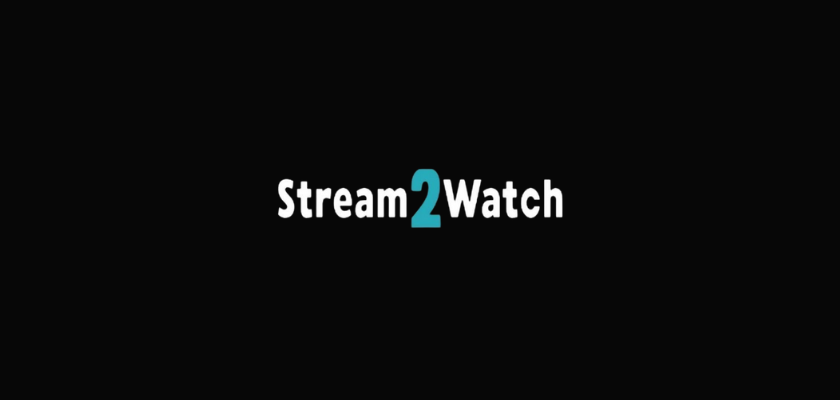



Leave a Review